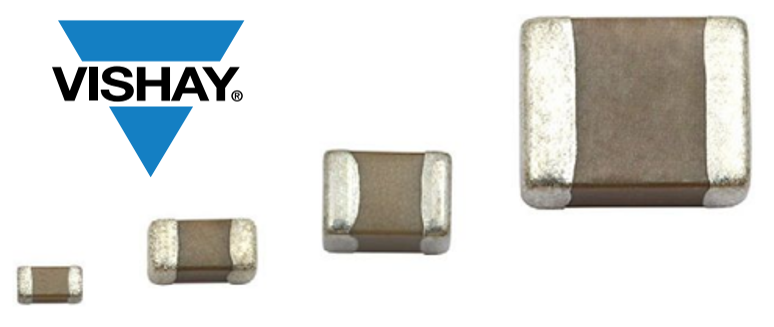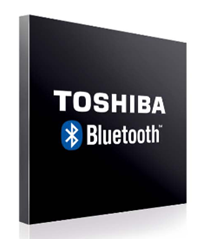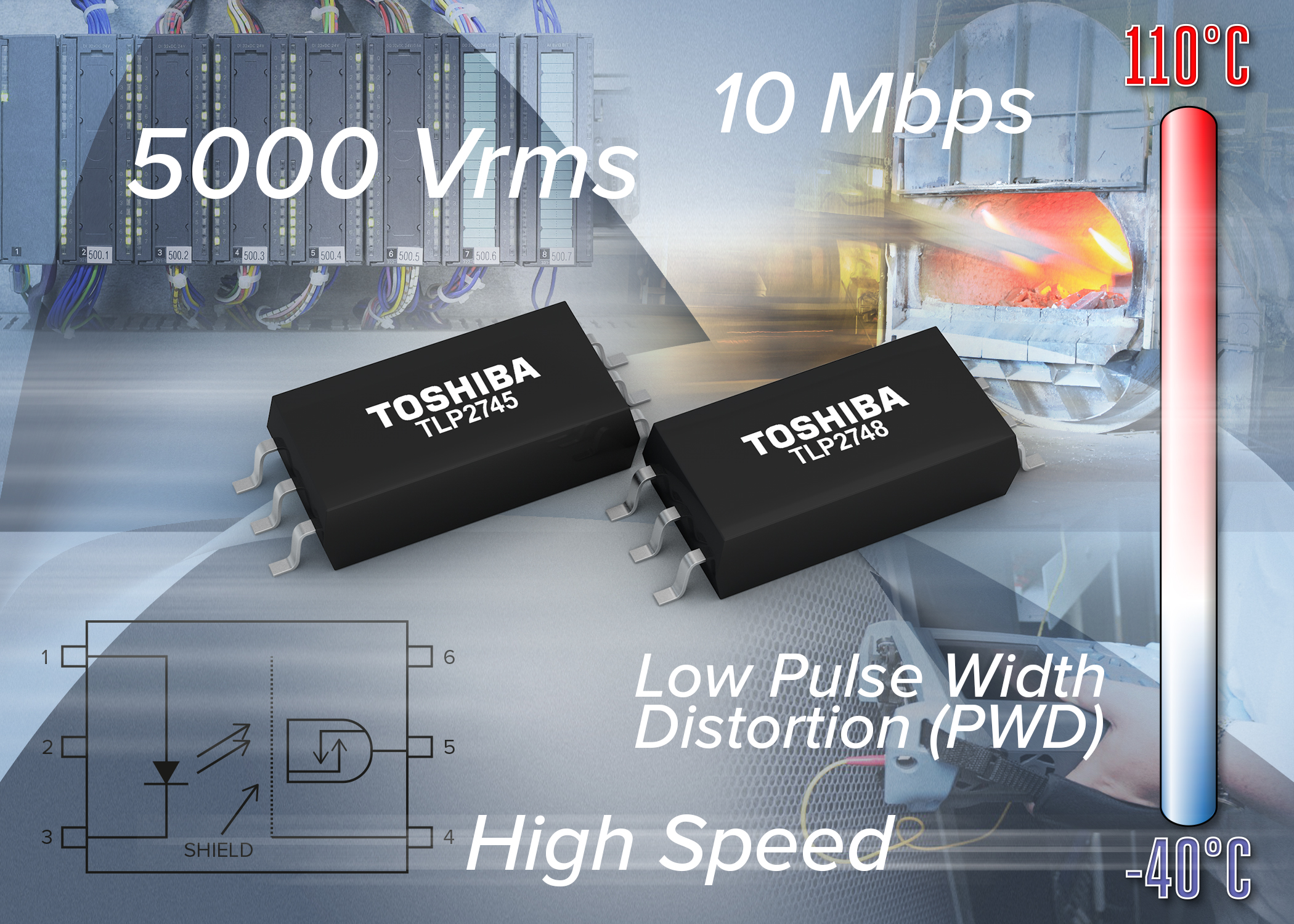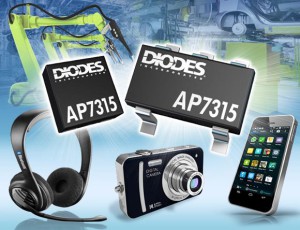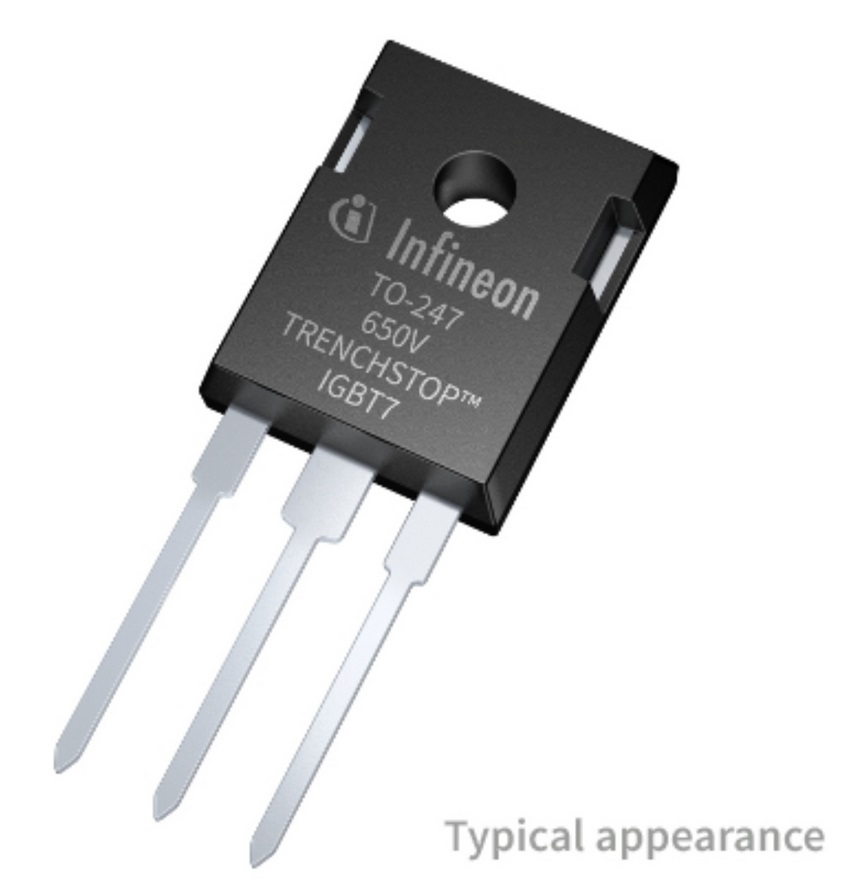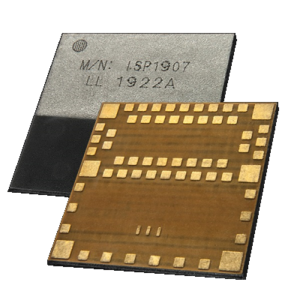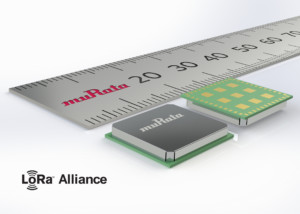Nordic nRF7001: A cost-effective low-power Wi-Fi 6 Companion IC
Nordic takes its decades of experience in ultra-low-power wireless IoT and silicon design to Wi-Fi. The nRF7001 is the next release from Nordic’s nRF70 Series of unique Wi-Fi products that combine seamlessly with other existing ultra-low power technologies from Nordic Semiconductor. With the nRF7001 Nordic offers a cost-effective alternative to the nRF7002 for applications, where 5GHz functionality is not required. Like the dual-band nRF7002, the nRF7001 provides the same seamless connectivity while focusing on the 2.4GHz frequency band only. For everyone who is looking to implement low-power Wi-Fi connectivity in their IoT devices without incurring additional costs associated with dual-band functionality, the nRF7001 is an attractive option.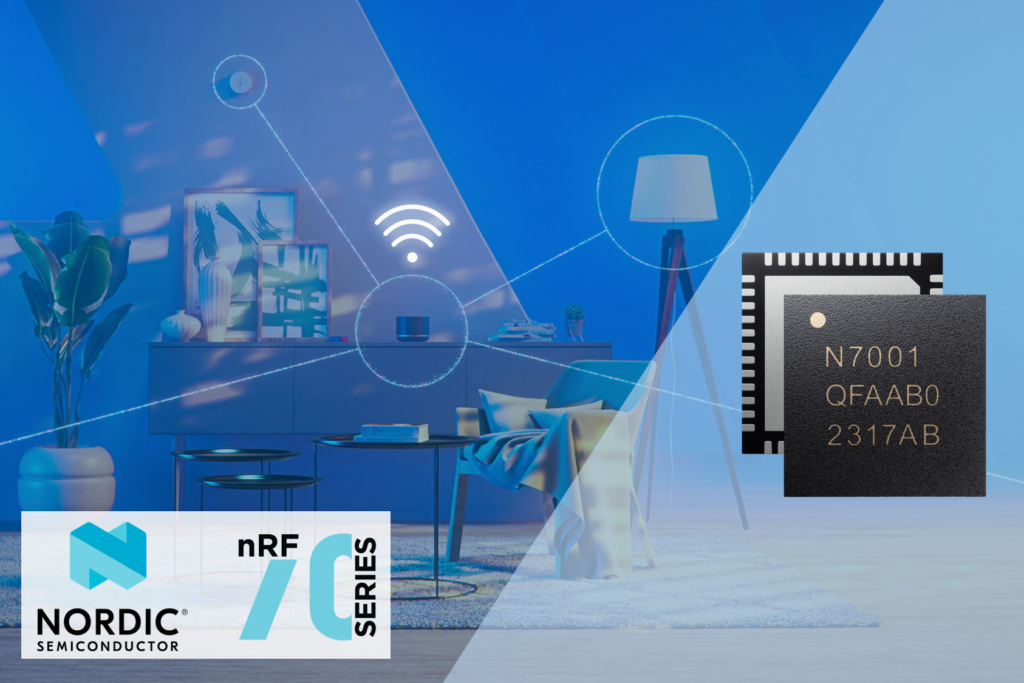
Nordic nRF7001 – Low-power, advanced security, seamless coexistence
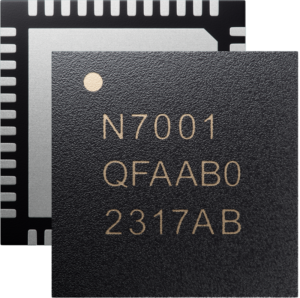 The nRF7001 is a highly integrated Wi-Fi 6 companion IC, providing seamless connectivity and SSID-based Wi-Fi locationing while focusing exclusively on the 2.4 GHz frequency band. With low power consumption, extended battery life, and advanced security features to protect user data it is similar to the nRF7002, with the difference being that the nRF7001 does not offer dual-band functionality (2.4 GHz & 5 GHz). The nRF7001 is a cost-efficient yet powerful solution for adding the latest Wi-Fi 6 technology to products. This allows products to benefit from high speeds, improved range, and greater reliability offered by the latest Wi-Fi standard.
The nRF7001 is a highly integrated Wi-Fi 6 companion IC, providing seamless connectivity and SSID-based Wi-Fi locationing while focusing exclusively on the 2.4 GHz frequency band. With low power consumption, extended battery life, and advanced security features to protect user data it is similar to the nRF7002, with the difference being that the nRF7001 does not offer dual-band functionality (2.4 GHz & 5 GHz). The nRF7001 is a cost-efficient yet powerful solution for adding the latest Wi-Fi 6 technology to products. This allows products to benefit from high speeds, improved range, and greater reliability offered by the latest Wi-Fi standard.
Nordic’s nRF7001, a versatile Wi-Fi companion IC, can be applied to various use cases across industries, including industrial, medical, and the Matter ecosystem. It seamlessly integrates with the smart home standard Matter, which is supported by prominent brands in the consumer IoT domain, like Apple, Amazon, Google, Samsung, and many more. The nRF7001 empowers robust wireless connectivity across diverse applications, ensuring exceptional adaptability, reliable performance and enhanced efficiency in your Wi-Fi-enabled devices.
Nordic designed the nRF7001 to be the ideal Wi-Fi companion IC to Nordic’s existing nRF52® and nRF53® Series Bluetooth Low Energy SoCs, and nRF9160 cellular IoT SiPs. Furthermore, the nRF7001 offers a coexistence feature allowing for seamless coexistence with other protocols like Bluetooth LE, Thread, or Zigbee. However, it can also be used in conjunction with non-Nordic host devices. SPI or QSPI interfaces can be used to communicate with the host. Like the rest of the nRF70 Series, the nRF7001 is also integrated and supported in Nordic’s nRF Connect SDK.
Key features:
|
Target applications:
nRF7001 Product Brief |
Nordic nRF70 Series
 The nRF70 Series is a family of low-power Wi-Fi companion ICs designed for embedded applications. The series includes: nRF7002 for dual-band Wi-Fi 6, nRF7001 for lower-cost 2.4 GHz applications, and nRF7000 for Wi-Fi network scanning and SSID-based Wi-Fi locationing. They enable Wi-Fi connectivity, and provide a flexible and low-power solution for adding Wi-Fi connectivity to embedded applications. The nRF7001 is a highly versatile and powerful solution for adding Wi-Fi connectivity to a wide range of applications. The nRF7002 features low power consumption, making it ideal for use in battery-powered devices.
The nRF70 Series is a family of low-power Wi-Fi companion ICs designed for embedded applications. The series includes: nRF7002 for dual-band Wi-Fi 6, nRF7001 for lower-cost 2.4 GHz applications, and nRF7000 for Wi-Fi network scanning and SSID-based Wi-Fi locationing. They enable Wi-Fi connectivity, and provide a flexible and low-power solution for adding Wi-Fi connectivity to embedded applications. The nRF7001 is a highly versatile and powerful solution for adding Wi-Fi connectivity to a wide range of applications. The nRF7002 features low power consumption, making it ideal for use in battery-powered devices.
The nRF7002 DK is the development kit for the nRF7001 and nRF7002 Wi-Fi 6 Companion ICs. It contains everything needed to get started developing on a single board and allows for evaluating the nRF7001 and nRF7002. The DK features an nRF5340 multiprotocol SoC as a host processor connected via QSPI.
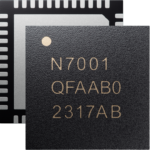 |
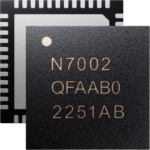 |
 |
| nRF7001
Single-band (2.4 GHz) Wi-Fi 6 companion IC |
nRF7002
Dual band (2.4 and 5 GHz) Wi-Fi 6 companion IC |
nRF7002 DK
Development kit based on nRF5340 |
nRF Connect SDK
All nRF70 Series Wi-Fi companion ICs are designed to be used in conjunction with the nRF Connect SDK, which provides a comprehensive unified developing platform with a set of tools and libraries for developing applications that utilize the IC’s capabilities. With the nRF7001 and nRF Connect SDK, developers can quickly and easily add Wi-Fi connectivity to their products, allowing them to connect to the internet and communicate with other devices over a Wi-Fi network.

